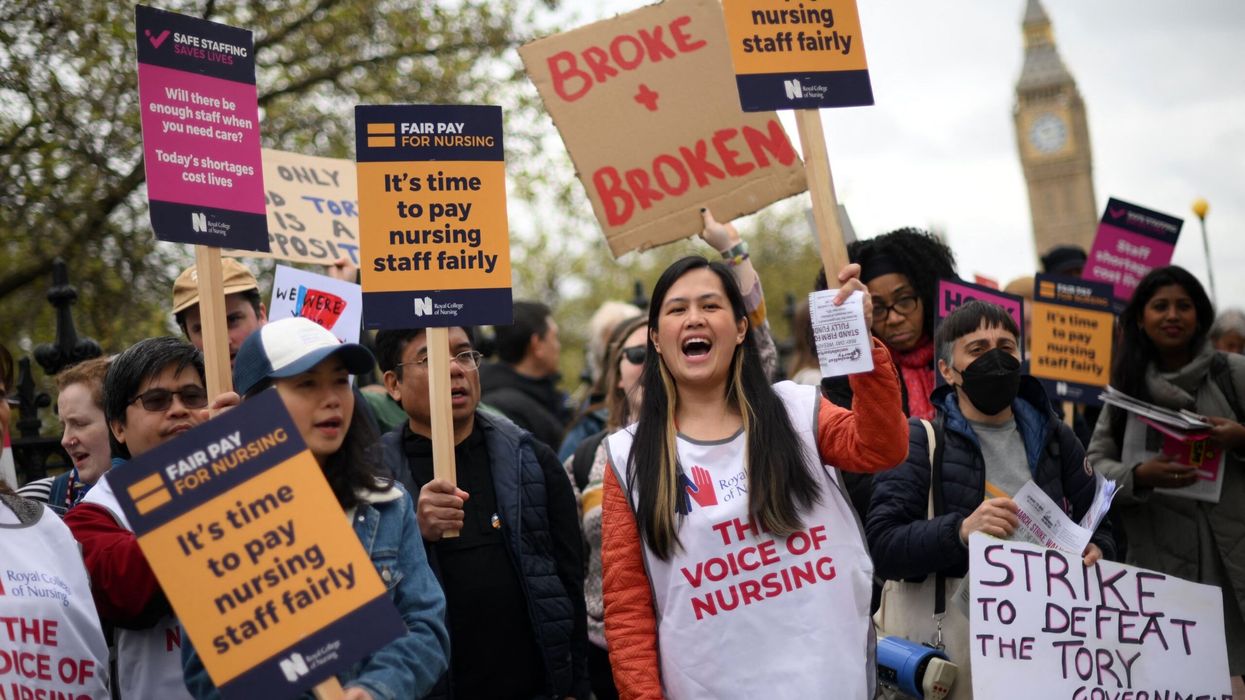A new study has said that male and Asian young people most likely to experience nerve damage from the use of nitrous oxide, commonly known as laughing gas.
The study of patients admitted to hospital in England has revealed a predominance of young men of Asian ethnicity among those experiencing neurological harm.
The research, led by researchers from Queen Mary University of London, is the largest complete clinical case series of recreational users of laughing gas to date.
It investigated a group of 119 young individuals who experienced neurological problems as a result of using nitrous oxide.
The majority of patients (57 per cent) were of Asian or British Asian background, with the highest proportion found in London (73 per cent). People of Asian or Asian British ethnicity made up a large proportion of cases in east London (73 per cent), Birmingham (54 per cent) and Manchester (29 per cent).
White patients comprised 19 per cent of the total, followed by black patients at 7.5 per cent, and mixed race individuals at 6 per cent. In approximately one out of ten cases, ethnicity was either unknown or not recorded.
These patients were admitted to hospitals in three major cities in England—London (56), Birmingham (35), and Manchester (28)—between 2014 and 2022.
While the average age of those requiring treatment was 22, their ages ranged from 14 to 39. The study found that three out of four patients were male, although around a third of the patients in London were female.
Nitrous oxide (commonly known as ‘laughing gas’) is widely used as a painkiller in medicine and dentistry. It is also the second most commonly used recreational drug among 16- to 24-year-olds in the UK.
Its use is associated with spinal cord and peripheral nerve damage (myeloneuropathy) in some people, but this is mostly based on small studies.
According to experts, avoidable harm from laughing gas abuse is increasingly being observed worldwide. This may indicate genetic susceptibility to nerve damage caused by exposure to the gas, or other as yet unidentified social factors.
The primary symptoms observed were sensations of pins and needles in the arms and legs, which resulted from spinal cord and peripheral nerve damage identified through MRI imaging, the study, published in the Journal of Neurology, Neurosurgery & Psychiatry, has pointed out.
Challenges with bladder and bowel control, impaired balance, involuntary arm movements, erectile dysfunction, difficulties with memory and speech, visual disturbances, as well as episodes of nausea or vomiting are other symptoms.
According to a statement, nerve damage from nitrous oxide is thought to occur through inactivating vitamin B12, preventing the formation of myelin on nerve cells.
The study found a correlation between weekly consumption of nitrous oxide and elevated levels of methylmalonic acid. This biomarker suggests impaired functioning of vitamin B12, indicating that nerve damage is not solely attributed to a B12 deficiency but rather a functional deficiency. This means that there might be an adequate amount of B12 in the body, but its effectiveness is compromised.
The primary treatment method involves intramuscular injections of vitamin B12, although it is believed that these injections are only effective if the use of nitrous oxide is also discontinued.
In recognition of the significance of prevention, the researchers within this group launched a campaign called 'N2O: Know the Risks' to increase awareness among young individuals in east London about the neurological risks associated with nitrous oxide. It involves conducting workshops to educate the participants.
Although the UK government has recently prohibited the sale of laughing gas for public use, the researchers emphasise the need for thoughtful consideration in implementing policies aimed at users, who may already face disadvantages in terms of education and employment.
“While the study shows a high number of Asian individuals are affected, the influence of social factors on this must be appreciated alongside any possible genetic or dietary factors," said Devan Mair, fourth year medical student at Queen Mary who leads the campaign and first author of the paper.
"Legislation to control sales of nitrous oxide is important, however, criminalisation of nitrous oxide could further marginalise users, in turn prolonging the time taken to present with symptoms and so exacerbating neurological harm.”







 Shortlisted authors Dan Wang, Edward Fishman, Stephen Witt, Carl Benedikt Frey and Eva Dou.
Shortlisted authors Dan Wang, Edward Fishman, Stephen Witt, Carl Benedikt Frey and Eva Dou.





